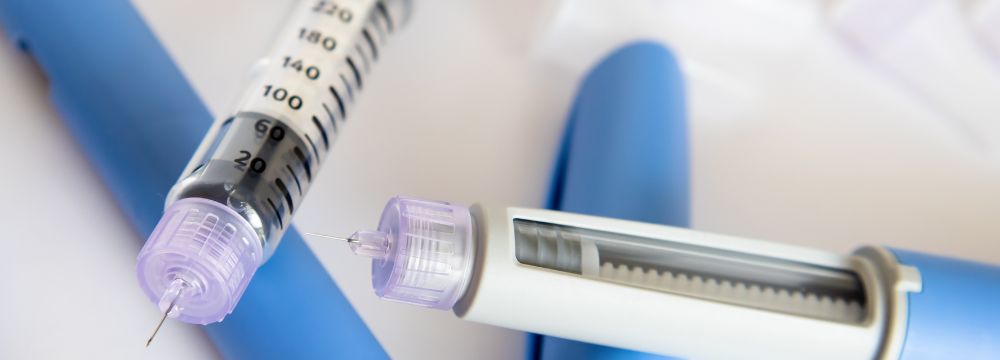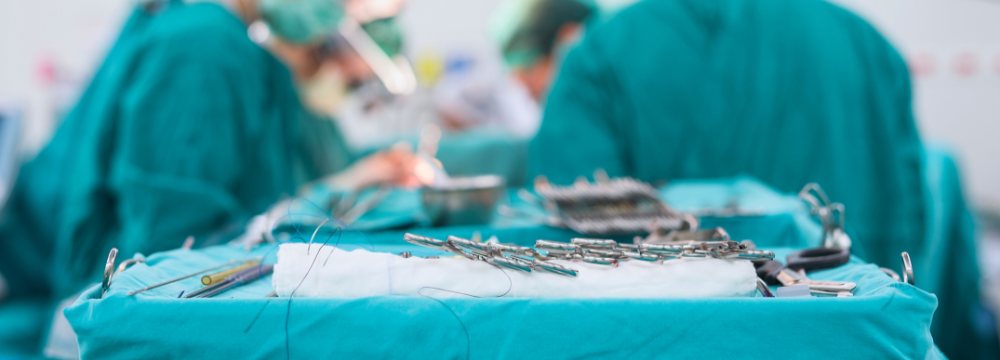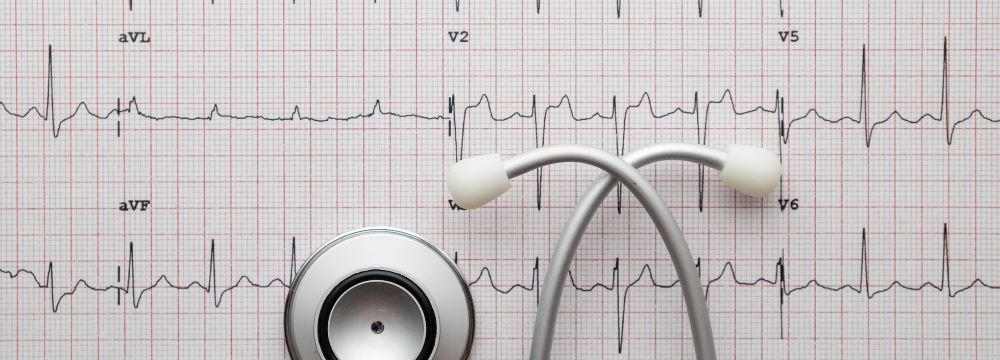Bariatric Surgery
GLP-1 Receptor Agonists (RAs) have been hitting the ad space hard over the last several months. From TVs to smartphones, they’re everywhere. But do they really deliver the proposed outcomes advertised? In this four-part series, we’ll talk about the mechanics, formulation differences, side effects, and how to maintain your weight loss goals with or without them.
In The Body
GLP-1, or glucagon-like peptide-1, is just one piece of the larger, beautifully complex feedback loop of the gut-brain axis. In a nutshell, it’s a hormone produced in the intestines that helps regulate blood sugar levels and appetite. That’s straightforward enough, but for the curious, we’ll dive a little deeper into the mechanism behind how hormones work to understand what the medications are.
Hormones are chemicals produced in the body that enter the bloodstream and travel to other organs or tissues, carrying signals to help regulate various bodily functions, such as metabolism, mood, and growth. Peptides are short chains of amino acids that serve as building blocks for proteins and have specific biological functions. GLP-1 is a naturally made peptide hormone in the intestines that is released in response to eating. Once released, it enters the bloodstream and circulates throughout the body, reaching target sites like the pancreas and brain.
Once they reach their destination, GLP-1 binds to receptors, triggering a variety of responses: it stimulates the pancreas to release insulin when blood sugar is elevated, slows down the emptying of the stomach to regulate digestion, and signals the brain to reduce appetite. These actions work together to maintain balanced blood sugar levels and control food intake during and after eating.
In The Medicine
GLP-1 receptor agonists are a class of medications that work by mimicking the body’s natural GLP-1 hormone and binding to the same receptors, thereby treating type 2 diabetes and obesity. Typical scenarios ideal for GLP-1 use include weight regain after bariatric surgery, additional support with appetite control, or difficulty managing blood sugar levels. GLP-1 receptor agonists tap into the body’s existing metabolic pathways as an extra layer of support and can be used alone or in combination with other medications and therapies.
Most GLP-1 agonists are delivered by injection and taken either daily or weekly, depending on the specific medication for patients with a BMI of 30 or more, or 27 and above with additional health conditions related to weight.
In The Research
Evidence for the use of GLP-1s after bariatric surgery is promising for individuals who have regained weight or never achieved optimal weight loss outcomes initially. One systematic review looked at multiple studies with nearly 600 patients who were prescribed a GLP-1 that had lost less than expected or regained weight over time. After 6 to 12 months of treatment, weight loss ranged from 5% to 17%, and side effects like nausea were common but mild (reported by 10% to 50% of patients).1
Another systematic review examined the impact of combining GLP-1s with endoscopic bariatric therapies or traditional bariatric surgery on weight loss and recovery. The results were promising: patients who received both treatments tended to lose more weight, had shorter hospital stays, and experienced fewer side effects compared to those who received surgery alone. While the approach appears promising, researchers emphasized the need for more high-quality studies to gain a deeper understanding of the long-term effects and potential improvements in metabolism.2
The same trend holds up in multiple studies. In a major clinical trial, patients who had regained at least 10% of the weight they initially lost after undergoing Roux-en-Y gastric bypass were randomly assigned to receive either a GLP-1 or a placebo. After 28 weeks, the GLP-1 group experienced an average 4.7-point change in BMI compared to the placebo group.3 A similar trial in patients who didn’t lose much weight after surgery also showed positive results – 85% of the people on a GLP-1 experienced at least a 5% loss in body weight.3
People who lose more weight after surgery tend to have a stronger post-meal GLP-1 spike. Those who lose less or regain weight often have a weaker response. Studies comparing these two groups show that higher GLP-1 levels after eating are linked with better appetite control, greater fullness, and more sustained weight loss.3
A Hormonal Boost
GLP-1 can act as a boost for people whose natural GLP-1 levels are too low, especially between meals. When the body starts burning fewer calories at rest to maintain its weight, a process called metabolic adaptation occurs. Combining the body’s natural meal-related spike with a steady dose of medication may stabilize appetite and possibly blunt the body’s resistance to ongoing weight loss. Some animal studies suggest that certain GLP-1 medications may help mitigate the metabolic adaptation effect; however, more research is needed in humans.3
Beyond Weight Loss Alone
Studies are also coming out that show potential benefits beyond weight loss. Since obesity and type 2 diabetes are closely tied to heart disease, therapies that target blood sugar and inflammation (like GLP-1) could offer cardiovascular protection, too. Some researchers believe these medications may even help repair blood vessels by reducing chronic stress on the body’s vascular system.4
In The Office
Before investing in these medications, consult a trusted healthcare provider. Medications can offer real benefits, but without medical guidance, they can be ineffective or dangerous. Dosing, side effects, underlying health conditions, and interactions with other medications all need careful monitoring. What works for one person may not work for another, and only a qualified healthcare professional can help you navigate that safely.
If the medication isn’t working as expected, don’t panic. Some patients don’t respond as well, and others may experience side effects that disrupt daily life – it’s just a sign to adjust. Staying on top of nutrition and exercise is crucial for maintaining effective and consistent habits. Your provider can help assess whether to change your dose, explore supplements, or consider other non-surgical tools.
Talk to the team at MIIS Weight Loss Institute. Whether you’re seeing results or feeling stuck, our team can help you fine-tune your approach with personalized support and realistic strategies.
Curious about different brands, compounded versions, or new formulations? That’s coming up next in part two. Stay tuned…
- Dréant, A., Blanchard, C., & Jacobi, D. (2024). Adjuvant Glucose-Like Peptide 1 Receptor Agonist Therapy for Suboptimal Weight Loss After Bariatric Surgery: a Systematic Review. Obesity Surgery, 34, 1846–1854. https://doi.org/10.1007/s11695-024-07127-2
- Imam, A., Alim, H., Binhussein, M., Kabli, A., Alhasnani, H., Allehyani, A., Aljohani, A., Mohorjy, A., Tawakul, A., Sammonodi, M., & Taha, W. (2023). Weight Loss Effect of GLP-1 RAs With Endoscopic Bariatric Therapy and Bariatric Surgeries. Journal of the Endocrine Society, 7(12). https://doi.org/10.1210/jendso/bvad129
- Çalık Başaran, N., Dotan, I., & Dicker, D. (2024). Post metabolic bariatric surgery weight regain: the importance of GLP-1 levels. International Journal of Obesity, 49, 412–417. https://doi.org/10.1038/s41366-024-01461-2
- Bakbak, E., Terenzi, D. C., Trac, J. Z., Teoh, H., Quan, A., Glazer, S. A., Rotstein, O. D., Al-Omran, M., Verma, S., & Hess, D. A. (2021). Lessons from bariatric surgery: Can increased GLP-1 enhance vascular repair during cardiometabolic-based chronic disease? Reviews in Endocrine and Metabolic Disorders, 22, 1171–1188. https://doi.org/10.1007/s11154-021-09669-7










